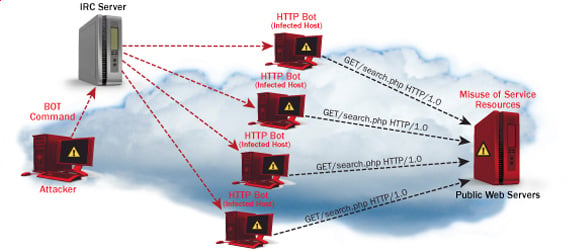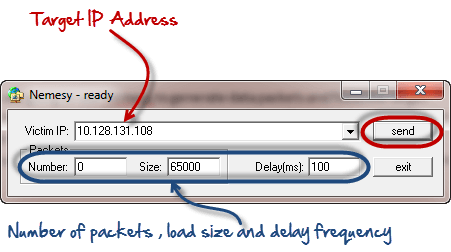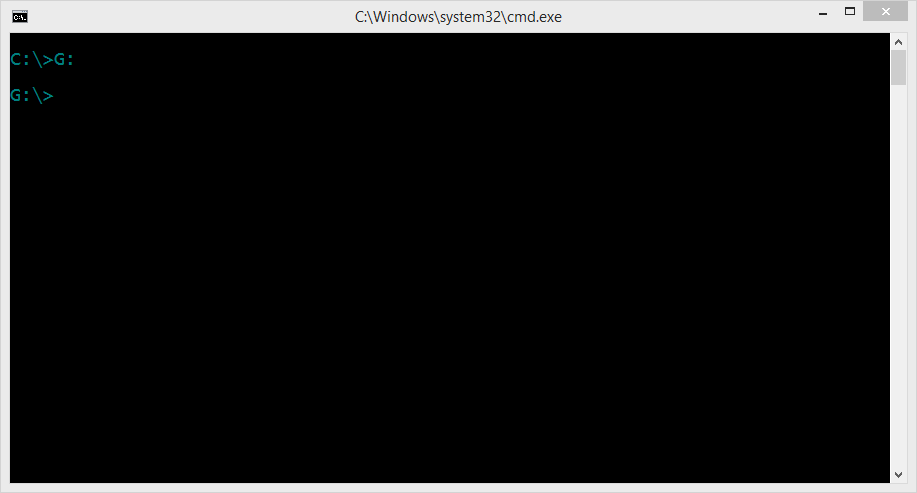Update (15.08.2017):
After the talk at WOOT'17 serveral other developers of Gridcoin quickly reached out to us and told us that there was a change in responsibility internally in the Gridcoin-Dev team. Thus, we are going to wait for their response and then change this blog post accordingly. So stay tuned :)
Update (16.08.2017):
We are currently in touch with the whole dev team of Gridcoin and it seems that they are going to fix the vulnerabilities with the next release.
TL;DR
The whole Gridcoin currency is seriously insecure against attacks and should not be trusted anymore; unless some developers are in place, which have a profound background in protocol and application security.
What is Gridcoin?
Gridcoin is an altcoin, which is in active development since 2013. It claims to provide a high sustainability, as it has very low energy requirements in comparison to Bitcoin. It rewards users for contributing computation power to scientific projects, published on the BOINC project platform. Although Gridcoin is not as widespread as Bitcoin, its draft is very appealing as it attempts to eliminate Bitcoin's core problems. It possesses a market capitalization of $13,530,738 as of August the 4th 2017 and its users contributed approximately 5% of the total scientific BOINC work done before October 2016.A detailed description of the Gridcoin architecture and technical terms used in this blog post are explained in our last blog post.
The Issues
- We can steal the block creation reward from many Gridcoin minters
- We can efficiently prevent many Gridcoin minters from claiming their block creation reward (DoS attack)
Because we already fixed a critical design issue in Gridcoin last year and tried to help them to fix the new issues. Unfortunately, they do not seem to have an interest in securing Gridcoin and thus leave us no other choice than fully disclosing the findings.
In order to explain the vulnerabilities we will take a look at the current Gridcoin source code (version 3.5.9.8).
WARNING: Due to the high number of source code lines in the source files, it can take a while until your browser shows the right line.
Stealing the BOINC block reward
The developer implemented our countermeasures in order to prevent our attack from the last blog post. Unfortunately, they did not look at their implementation from an attacker's perspective. Otherwise, they would have found out that they conduct not check, if the signature over the last block hash really is done over the last block hash. But we come to that in a minute. First lets take a look at the code flow: |
| In the figure the called-by-graph can be seen for the function VerifyCPIDSignature. |
- CheckBlock → DeserializeBoincBlock [Source]
- Here we deserialize the BOINC data structure from the first transaction
- CheckBlock → IsCPIDValidv2 [Source]
- Then we call a function to verify the CPID used in the block. Due to the massive changes over the last years, there are 3 possible verify functions. We are interested in the last one (VerifyCPIDSignature), for the reason that it is the current verification function.
- IsCPIDValidv2 → VerifyCPIDSignature [Source]
- VerifyCPIDSignature → CheckMessageSignature [Source, Source]
If we go backwards in the function call graph we see that in VerifyCPIDSignature the sMsg is the string sConcatMessage, which is a concatenation of the sCPID and the sBlockHash.
We are interested where the sBlockHash value comes from, due to the fact that this one is the only changing value in the signature generation.
When we go backwards, we see that the value originate from the deserialization of the BOINC structure (MiningCPID& mc) and is the variable mc.lastblockhash [Source, Source]. But wait a second, is this value ever checked whether it contains the real last block hash?
No, it is not....
So they just look if the stored values there end up in a valid signature.
Thus, we just need to wait for one valid block from a researcher and copy the signature, the last block hash value, the CPID and adjust every other dynamic value, like the RAC. Consequently, we are able to claim the reward of other BOINC users. This simple bug allows us again to steal the reward of every Gridcoin researcher, like there was never a countermeasure.
Lock out Gridcoin researcher
The following vulnerability allows an attacker under specific circumstances to register a key pair for a CPID, even if the CPID was previously tied to another key pair. Thus, the attacker locks out a legit researcher and prevent him from claiming BOINC reward in his minted blocks.
Reminder: A beacon is valid for 5 months, afterwards a new beacon must be sent with the same public key and CPID.
Therefore, we need to take a look at the functions, which process the beacon information. Every time there is a block, which contains beacon information, it is processed the following way (click image for higher resolution):
In the figure the called-by-graph can be seen for the function GetBeaconPublicKey. |
- ProcessBlock → CheckBlock [Source]
- CheckBlock → LoadAdminMessages [Source]
- LoadAdminMessages → MemorizeMessages [Source]
- MemorizeMessages → GetBeaconPublicKey [Source]
For the following explanation we assume that we have an existing association (bound) between a CPID A and a public key pubK_A for 4 months.
- First public key for a CPID received [Source]
- The initial situation, when pubK_A was sent and bind to CPID A (4 months ago)
- Existing public key for a CPID was sent [Source]
- The case that pubK_A was resent for a CPID A, before the 5 months are passed by
- Other public key for a CPID was sent [Source]
- The case, if a different public key pubK_B for the CPID A was sent via beacon.
- The existing public key for the CPID is expired
- After 5 months a refresh for the association between A and pubK_A is required.
If no public key exists (case 1) the new public key is bound to the CPID.
If a public key exists, but it was not refreshed directly 12.960.000 seconds (5 months [Source]) after the last beacon advertisement of the public key and CPID, it is handled as no public key would exist [Source].
Thus, case 1 and 4 are treated identical, if the public key is expired, allowing an attacker to register his public key for an arbitrary CPID with expired public key. In practice this allows an attacker to lock out a Gridcoin user from the minting process of new blocks and further allows the attacker to claim reward for BOINC work he never did.
The responsible disclosure process
As part of our work as researchers we all have had the pleasure to responsible disclose the findings to developer or companies.For the reasons that we wanted to give the developer some time to fix the design vulnerabilities, described in the last blog post, we did not issue a ticket at the Gridcoin Github project. Instead we contacted the developer at September the 14th 2016 via email and got a response one day later (2016/09/15). They proposed a variation of our countermeasure and dropped the signature in the advertising beacon, which would result in further security issues. We sent another email (2016/09/15) explained to them, why it is not wise to change our countermeasures and drop the signature in the advertising beacon.
Unfortunately, we did not receive a response. We tried it again on October the 31th 2016. They again did not respond, but we saw in the source code that they made some promising changes. Due to some other projects we did not look into the code until May 2017. At this point we found the two implementation vulnerabilities. We contacted the developer twice via email (5th and 16th of May 2017) again, but never received a response. Thus, we decided to wait for the WOOT notification to pass by and then fully disclose the findings. We thus have no other choice then to say that:
The whole Gridcoin cryptocurrency is seriously insecure against attacks and should not be trusted anymore; unless some developers are in place, which have a profound background in protocol and application security.
Related links
- Best Pentesting Tools 2018
- Pentest Tools
- Hack Tools
- Hack Tools
- Underground Hacker Sites
- Hacking Tools For Windows Free Download
- Hack Tools Pc
- Pentest Tools Linux
- Hacker Hardware Tools
- Hacking Tools Free Download
- Hacking Tools Name
- Hacker Tools Mac
- Hacker Techniques Tools And Incident Handling
- Hacking Tools Windows
- Pentest Tools Windows
- New Hack Tools
- World No 1 Hacker Software
- Hacker Tools 2019
- Growth Hacker Tools
- Hack Rom Tools
- Physical Pentest Tools
- Pentest Tools Port Scanner
- Best Hacking Tools 2020
- Hacker Techniques Tools And Incident Handling
- Hacking Tools And Software
- Hacker Tools Apk
- Hacking Tools 2019
- Hacker Tool Kit
- Hacker Tools Software
- Hacking Tools Name
- Hacking Tools Mac
- Hacker Tools
- New Hacker Tools
- Nsa Hack Tools Download
- Hacker Tools For Ios
- Hacking Tools Github
- Growth Hacker Tools
- Top Pentest Tools
- Hackers Toolbox
- Hacker Tools 2019
- How To Make Hacking Tools
- Hackrf Tools
- Hack Tools For Pc
- Hacking Tools Usb
- Pentest Automation Tools
- Hacker Tools For Windows
- Pentest Tools Website
- Hacking Tools Software
- Hacking Tools For Windows
- Hacking App
- Hacker
- Hacking Tools Kit
- Tools 4 Hack
- Pentest Tools For Mac
- Hack Tools For Mac
- Pentest Tools Windows
- Hacker Tools For Ios
- Physical Pentest Tools
- Hack Tools 2019
- Usb Pentest Tools
- Hacking Tools Mac
- Hack Tools For Windows
- Hacking Tools 2020
- New Hack Tools
- Hacking Tools Hardware
- Bluetooth Hacking Tools Kali
- Hacking Tools Windows 10
- Pentest Tools Framework
- Hacker Tools Github
- Hacking Tools For Kali Linux
- Hacker Tools 2019
- Blackhat Hacker Tools
- Hacking Tools Software
- Pentest Automation Tools
- Pentest Tools Subdomain
- Kik Hack Tools
- Bluetooth Hacking Tools Kali
- Termux Hacking Tools 2019
- Pentest Tools List
- Pentest Tools Framework
- Hacker Tools Hardware
- Tools 4 Hack
- Hacking Tools For Kali Linux
- Hack Tools
- Hack Apps
- Hack Tools
- Hacker Tools Software
- Hacking Tools Hardware
- Hack Tools For Mac
- How To Make Hacking Tools
- Pentest Tools Subdomain
- Hacker Tool Kit
- What Are Hacking Tools
- Pentest Tools
- Github Hacking Tools
- Growth Hacker Tools
- New Hack Tools
- How To Install Pentest Tools In Ubuntu
- Hacking Tools Online
- Pentest Tools Alternative
- Pentest Tools List
- Hack Tool Apk No Root
- Hacker Tools Apk
- Pentest Tools List
- Hacking Tools
- Hacker Tools For Windows
- Hacking Tools Free Download
- Hacker Tools Linux
- Hacker Tools List
- Growth Hacker Tools
- Hacker Tools Hardware
- Pentest Tools Framework
- Game Hacking
- Hacking Tools Kit
- Hacking Tools Pc














